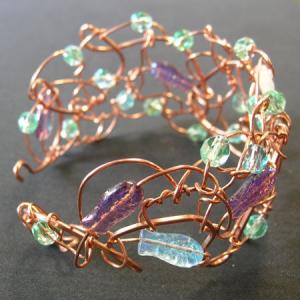Fun with Fibre Earrings 1 (2009)
Sterling silver, wool
L 6.7 cm x W 0.5 cm
Formed, wet-felted
Fun with Fibre Pendant 1 (2009)
Sterling silver, wool
L 6.5 cm x W 0.4 cm
Formed, wet-felted
Fun with Fibre Pendant 2 (2009)
Sterling silver, fine silver, cotton thread
L 4.5 cm x W 0.45 cm
Nalbinding (viking knitting), embroidered
This has been a frustrating week, in terms of getting anything done. Number 2 Son has been demanding a lot of attention. “I want to do homework! I want another printing sheet!” every 10 freaking minutes. Normally, a parent loves to hear that their child wants to do homework, but in my case, it meant getting up from bench, sitting down at the computer, waiting for him to make up his mind about what he wanted to work on – an achingly slow process – and then printing it off. As a result, I was never able to focus on finishing the project whose deadline came and went on Friday.
He starts JK in the fall, and then I will have more extended blocks of time to work without interruption. I’m trying to enjoy these last couple of months of us being together before he becomes a Big School Boy, but geez it’s annoying to miss a deadline.
I haven’t given up on trying to finish the project, which is very labour intensive, but by last night, I decided that I needed to change gears. “Ferris Bueller’s Day Off” was on tv, so I set up my felting stuff on the floor, and played while watching the movie. I’m still working on learning felting, still hoping to apply it to bonsai. One of the websites I stumbled across applied roving to craft wire, so I thought I’d give that a go.
My results are nothing spectacular, but then they weren’t intended to be.
The other thing I wanted to try was mixing fibre and nalbinding. I actually wanted to mix nalbinding with wire embroidery, but figured it would be too high on the PITA factor. I ended up using embroidery thread, but the idea still has a high PITA factor. My embroidering skills leave much to be desired as well *grin*. I may try the idea again, but approach it differently.
More photos:

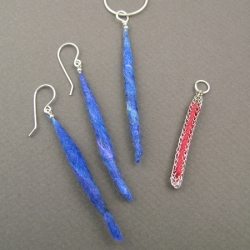
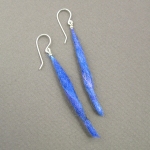
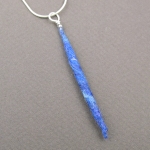
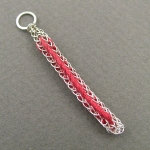
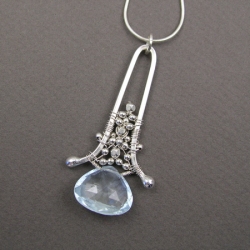
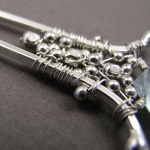
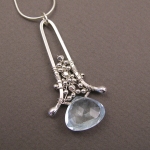
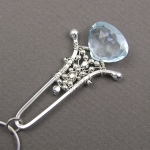
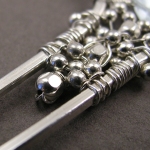
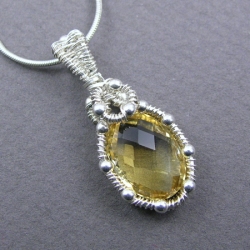
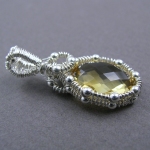
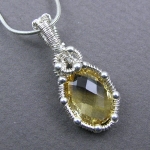
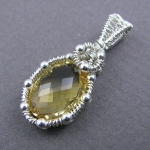
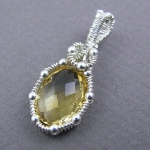
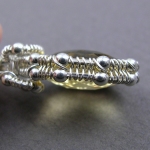

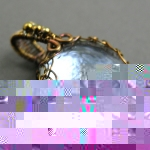
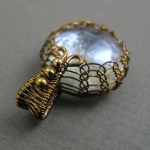
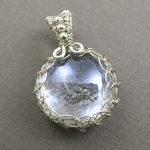
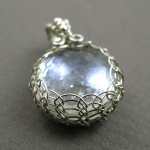
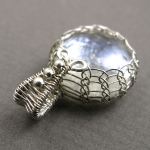
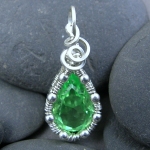
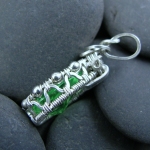
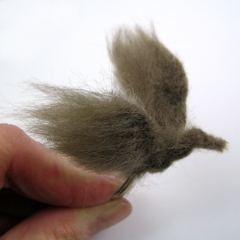
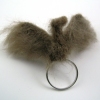
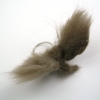
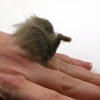
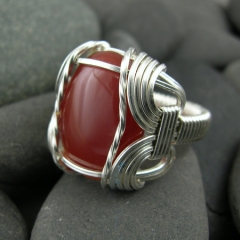
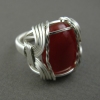
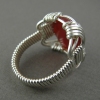
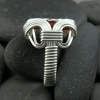
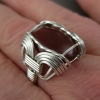
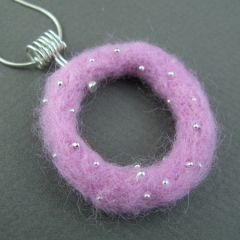




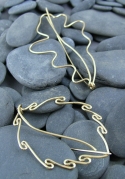
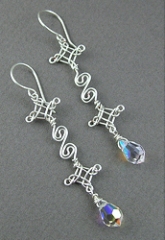
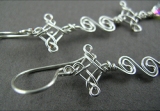
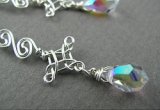
 QEW Earrings
QEW Earrings